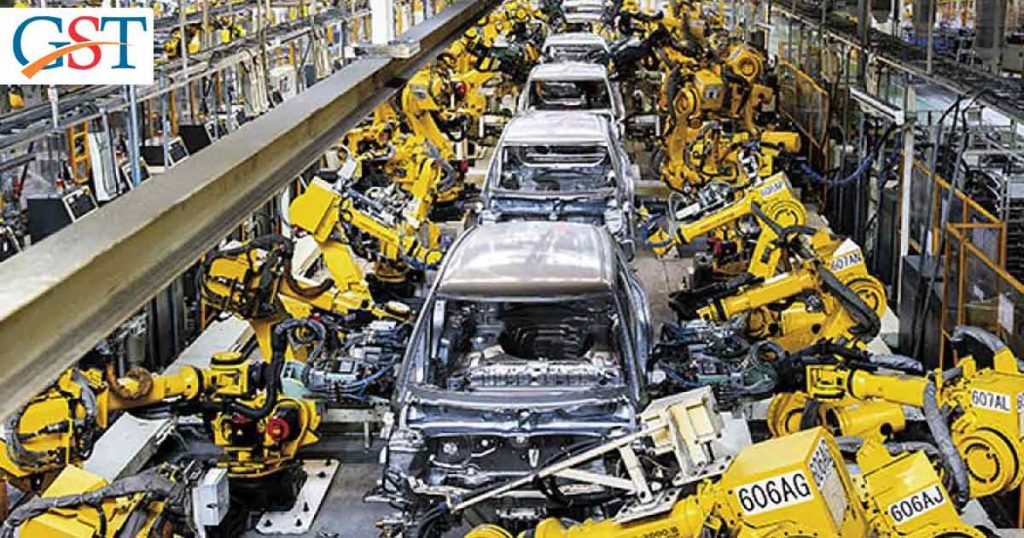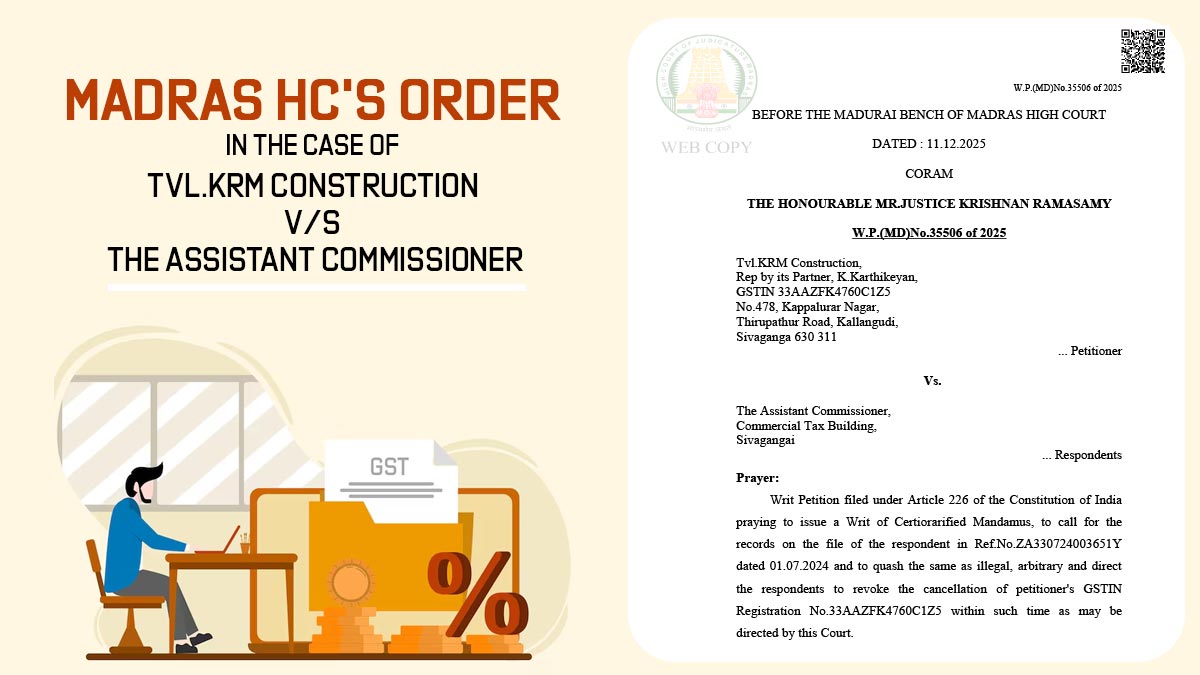
The festive season, a period when Indians usually bring new vehicles to their home, ahead of it, the automakers are seeking to get tax relief in the upcoming 37th meet of GST council on September 20, have encountered a roadblock.
Considering the slowdown in the domestic automotive industry, where the government is ready to slash down the GST rates from prevailing 28 per cent to 18 per cent for the auto sector, the states have come out as a hurdle and opposing this move mulling over a huge loss in revenue collection.
However, on passed Friday, the Fitment Committee, a group of officials of the GST council considered this matter and find out the possibilities and implications of a GST rate cut to restrain this continued slowdown in the domestic automotive industry which does not seem to dwindle soon.
The study’s outcome from the Fitment Committee, suggests a downfall in the revenue collection by over INR 20,000 crore. However, the GST collection in August 2019 was around 4.51 per cent more over the similar month last year at INR 98,202 crore in contrast to INR 93,960 crore. Still, it did not become able to meet the government’s expectations of INR 1 trillion.
On an interesting note, the states which are opposing rate cut in the GST rates for the auto sector are majorly the ones which are the “consuming states”, i.e. Kerala, UP, Bihar and others. Since the GST is a destination tax and higher tax rate results into volume generation from auto sales in these states.
While the states which are big auto-making hubs are supporting the government decision of rate cut so that restraint can be put on the slowdown in the domestic automotive industry.
The assessment conducted by the Fitment committee will be produced at the GST council upcoming 37th meet scheduled to organize on September 20 in Goa. However, there are fewer chances that the issue will reach a decision quickly.
According to a state finance minister who is a member of the GST council as well, touted,It’s not merely a call of the GST council but a political call as well. If the Centre wants a rate cut to boost the auto sector, it has to get everyone on board.”
On the other hand, the junior minister of finance, Anuraj Thakur at the lately conducted event of Automotive Component Manufacturers Association (ACMA) said, The government has received requests from various sectors for a GST rate cut and the government has been analysing the demands.
He further added that the government is intended to produce this matter of GST rates reduction to the GST council. however, the majority of decisions taken there unanimously.
As the states are becoming a hurdle into a revision of GST tax rates, the finance ministry suggested spokesperson of the different sectors approaching state finance ministers/members of the GST council individually so that they can be convinced and can consider their demands.
Now all eyes will be on the GST council meet, wherein the level of consensus over the rate cut issue will only be the factor behind the outcome. If the council fails to take up the issue, it will be referred to the Fitment Committee again.
According to the experts from the auto sectors, only the cut down can help in pulling out industry from the prevailing slowdown through a single window of approaching the season. Also, the automakers believe that the buyers are holding back for the expected special offers with lowered rates during the festive season.
A top official of an auto giant said, “Customers expects us to cut prices. But the automakers are in no position to do so. That’s why the government should clarify the situation as soon as possible. If the tax cut is not coming, the auto industry will have to find other ways to meet consumer expectations.”
The Indian economy is going through a bad phase and the government can’t afford further risks such as revenue losses and a rise in the fiscal deficit. The economy is strictly demanding interventions which can bring some positive changes.
Read Also: Updated – GST Impact on Gross Domestic Product (GDP) in India
In the last quarter, the GDP falls to 5 per cent which brought the government under pressure to manage things as soon as possible by the next quarter to revive GDP growth.
The sales and tax collections in August month remains low due to the monsoon and now any factor that can help in improving sales and consumption in the coming months is being considered as the perfect antidote.









